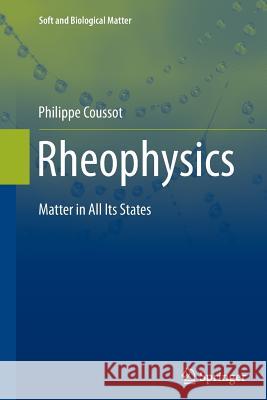Rheophysics: Matter in All Its States » książka
topmenu
Rheophysics: Matter in All Its States
ISBN-13: 9783319380162 / Angielski / Miękka / 2016 / 340 str.
Kategorie BISAC:
Wydawca:
Springer
Seria wydawnicza:
Język:
Angielski
ISBN-13:
9783319380162
Rok wydania:
2016
Wydanie:
Softcover Repri
Numer serii:
000450918
Ilość stron:
340
Waga:
0.53 kg
Wymiary:
23.5 x 15.5
Oprawa:
Miękka
Wolumenów:
01
Dodatkowe informacje:
Wydanie ilustrowane











